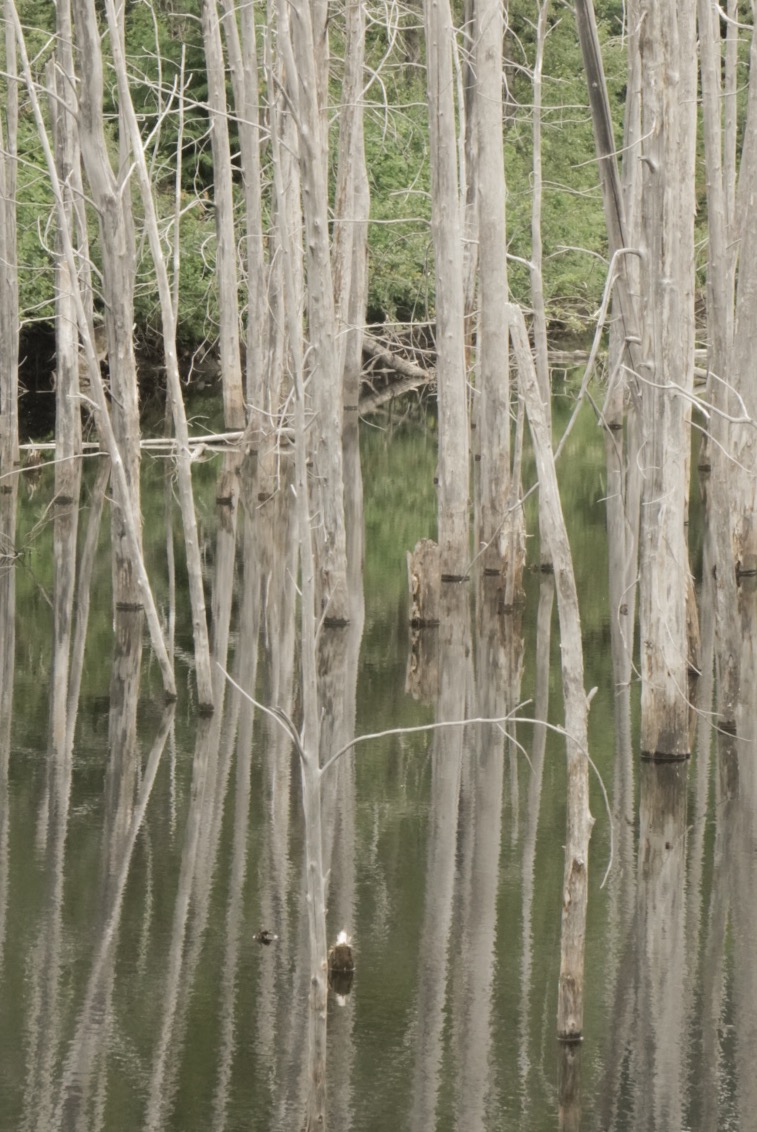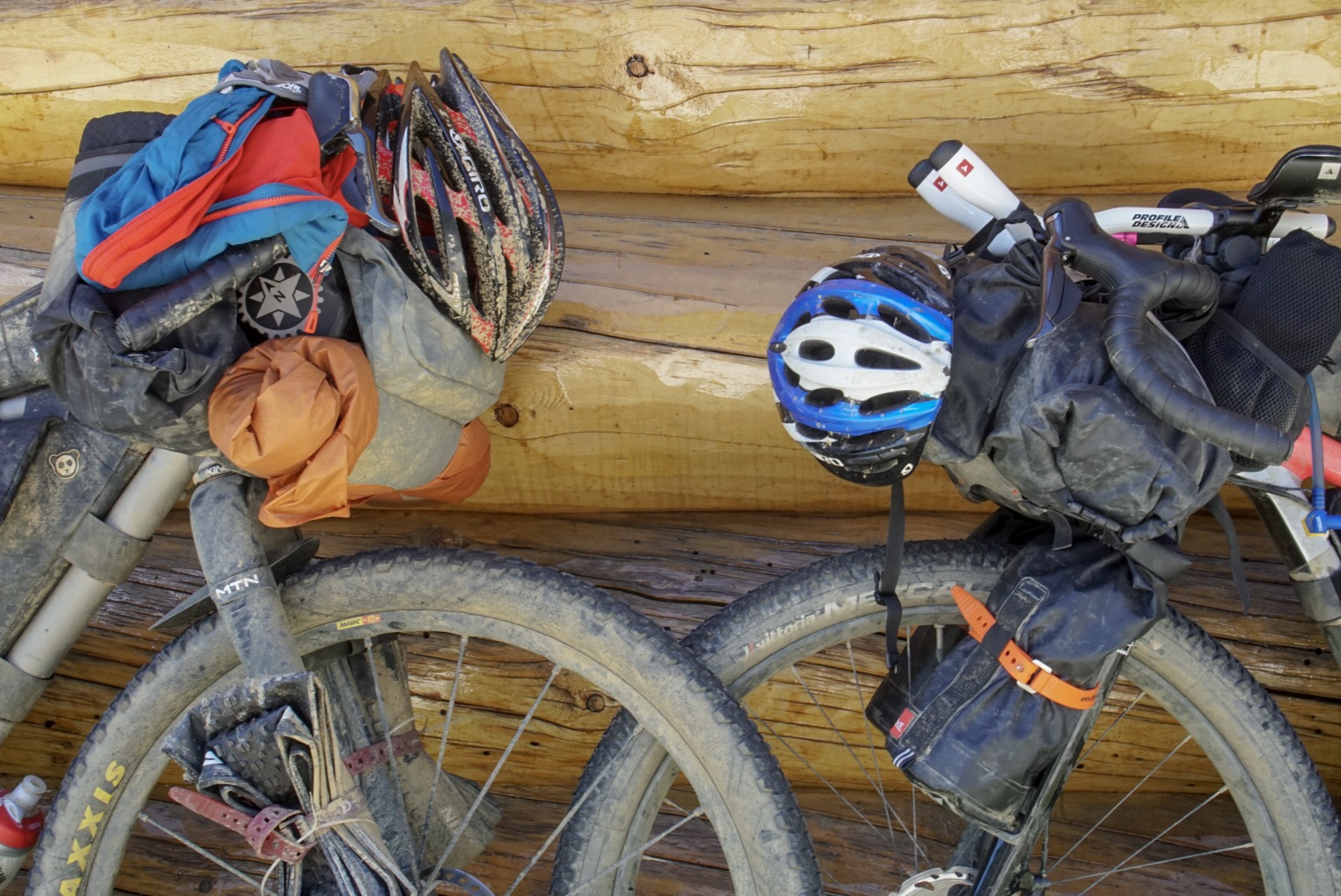
“Why did Devon cross to the wrong side of the road,” I wonder for a moment.
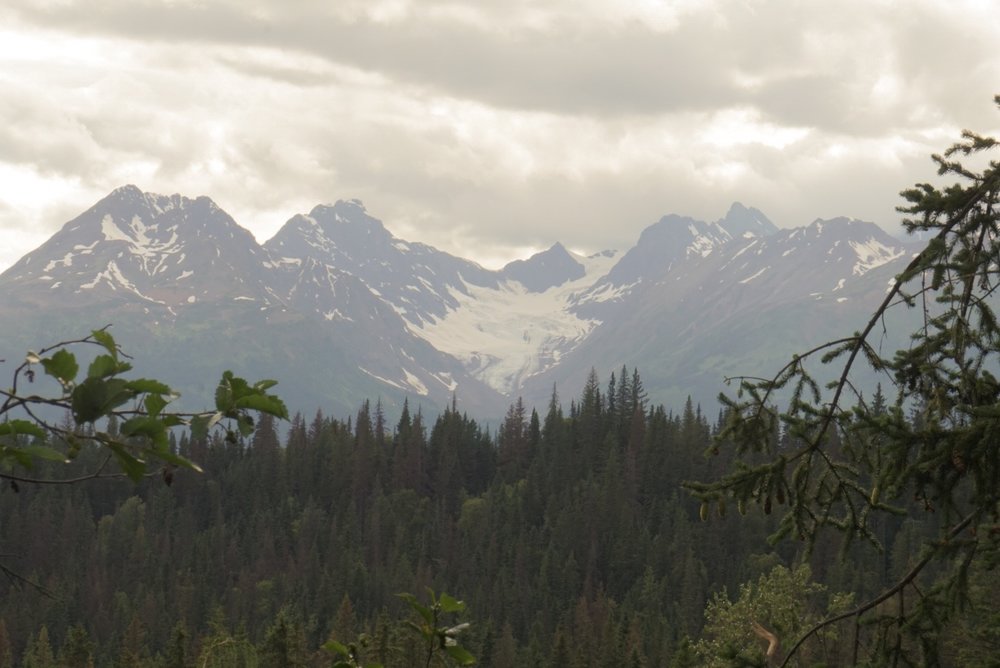
Then I see the hulking grizzly bear swing her head from him to me, as Devon—and the bear spray—slowly continues forward for a ways before stopping and also swinging around to look at me. I feel my heartbeat quicken and a mixture of fear and excitement as I immediately know there is nothing I can do but stop, completely defenseless and much too close. I roll slowly to a stop across the road to gain a few more precious feet of separation as she watches me. I’m now less than 30 feet away. This is her territory I have entered, and due to her height, weight and claw size, I politely let her decide where to take this meeting. She stands up, looking me over and mulling her own options. I wait and watch attentively for any signal of fear or frustration from her, while I can’t help but marvel at just how giant, powerful and terrifying she looks. After what feels like minutes she decides that this rolling creature that’s not quite car and not quite human probably shouldn’t be messed with. She scurries off into the trees. My first bear sighting of the trip is over, and I hope they aren’t all this dramatic since the cyclists ahead of me have seen fifteen already. I’ll have a heart attack on this trip if they are. I catch up to Devon, my heart still racing, and he teases, “did you see the bear?”
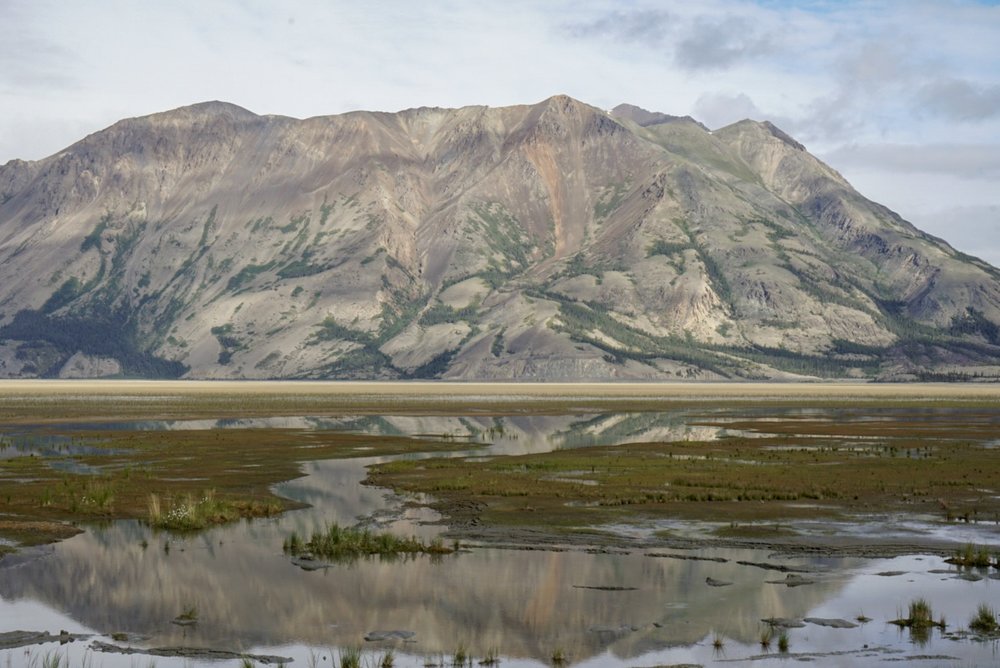
This story about the bear encounter near Destruction Bay in the Yukon Territory is one I told at many truck stops on the Alaska Highway, where RVs, motorcyclists and occasionally cyclists gather to share stories on this lonely, scenic road. The Alaska Highway, often called the AlCan for Alaska-Canada, was built in World War II by the United States to connect the lower 48 to Alaska across Canada. (Canada allowed the United States to construct the highway under the conditions that the US bear the full cost of construction and that all facilities be ceded to Canada after the war. Remember when we knew how to negotiate winning deals? :) It’s 1,387 miles long, dotted with sparse services and seems to be used primarily by RV tourists. We covered about 750 miles of it in a week, from south of Fairbanks to the Junction with the Cassiar Highway in the Yukon Territory just before entering British Columbia. We moved quickly because it was flat and we were always chasing that next truck stop for a burger and milkshake. Their roughly 100-mile spacing dictated our distance for the day. Setting aside the powerful motivation of our cycling hunger, there is nothing to do but bike up here. The days are still endless, the scenery motivating, and there’s nowhere to rest but those truck stops. Sometimes we stop at the beautiful glacial rivers and lakes, but the mosquitoes push us back onto our bikes quickly. (They also push us up the hills pretty quickly. Who knew mosquitoes can fly nine miles per hour??)
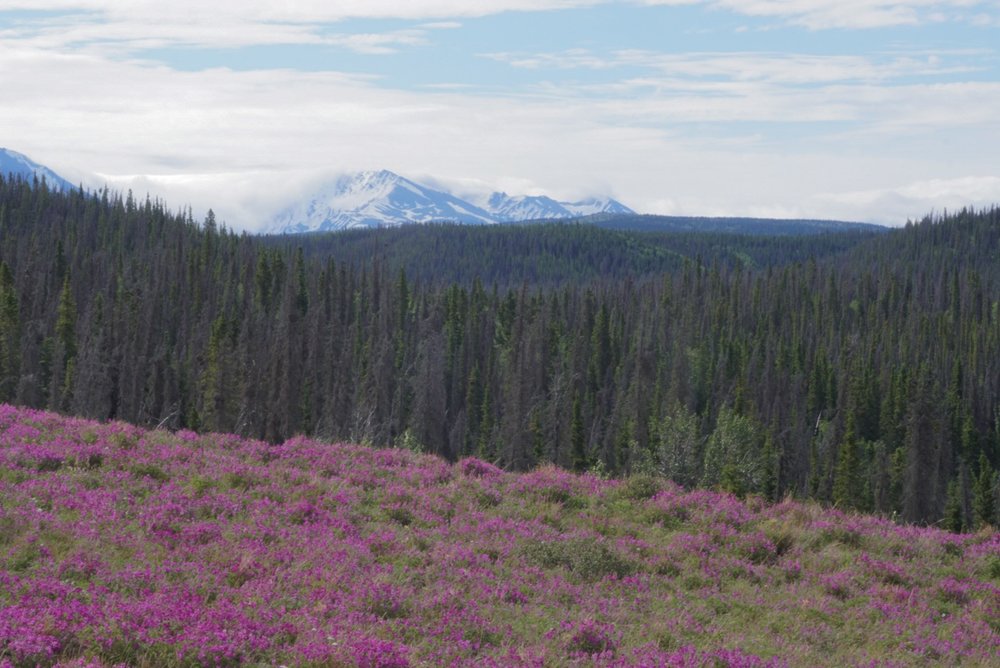

These travelers, mostly retirees who have taken to long term RV travel, seem desperate for a new conversation. They have a lot of questions for us, but they have stories they want to tell too—the ten black bears they saw, the Yukon campgrounds with the electrified fences, the flat tire, the daughter and son-in-law who bike toured across Vermont, the time they visited San Francisco, the wolf that chased the cyclist before climbing into an RV for protection. We talk for an hour, they take our picture, and we become another of their stories that they’ll tell at the next truck stop.
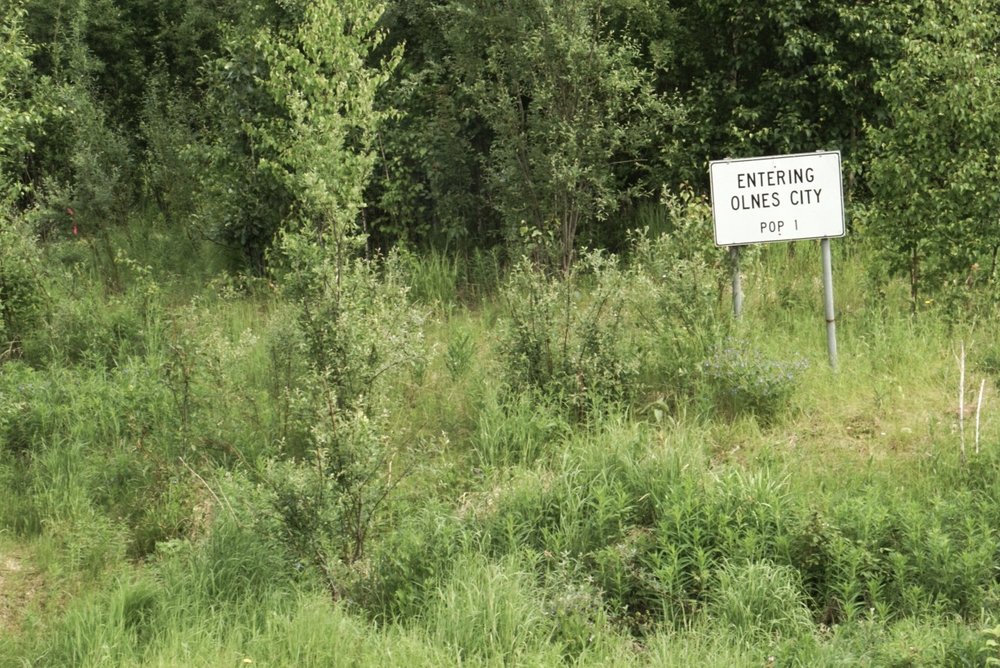
I tease about their excitement to talk to anyone and especially us (cycling this remote road is rarer to them than a bear sighting), but we are antsy to talk to them too. We pepper them with questions about the road ahead and the wildlife. “Is it hilly?” “Where is the next grocery store?” We get so few chances to talk to people that we are excited to share what we’ve observed from the road too, like our bear encounter. We tell them about all the moose in Alaska, the caribou, the muskox, the lynx chasing the snowshoe hare, the unbearable mosquitoes. We rarely have internet access, so we get used to asking people things rather than looking them up. It reminds me how our connected lifestyle is often making us less social. Here, we talk to everyone we see, and we become familiar and friendly with them so quickly. So familiar that I can leave a fifteen-minute conversation with a home to stay in in Canmore, the rest of someone’s plate of fries, a lunch bill paid for quietly. The scarcity of human contact makes each interaction more precious. We savor it like we savor our milkshakes (equally scarce). We find ourselves lingering hours at these rest stops chatting.

The folks we are most anxious to meet though are the other cyclists. We have met more than we expected: 22 self-supported bike tourists so far, eight of whom are on their way to Argentina. Cyclists pursuing a similar journey to us—covering both North and South America—generally have to start in Prudhoe Bay, Alaska within a pretty small window to avoid snow. Whenever we see another cyclist on the road, we all pull over and talk for a long time, wherever we are. They immediately feel like old friends, and we talk routes, gear, camping spots. We pepper them with questions just like the RV-ers do to us while we swat away mosquitoes.
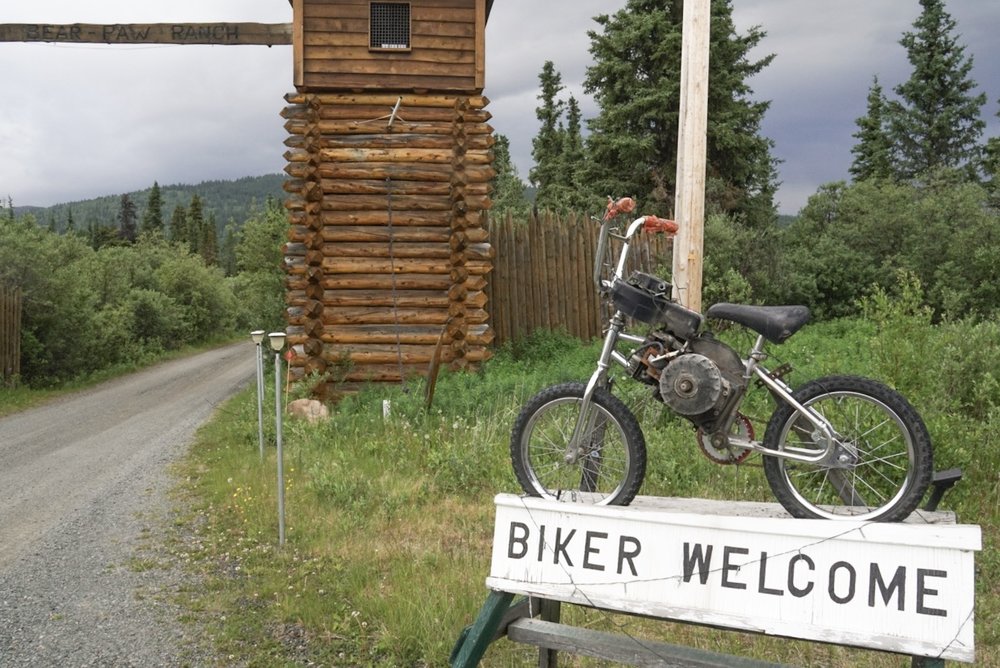
Finally, there are the locals. Some love and admire the cyclists, anxious to hear a traveler’s perspective because this road is lonely for them too. Even our friendly, well-traveled Warmshowers[1] hosts in Whitehorse, Tammy and Richard, hosted to meet people and extend the boundaries of their remote town. Whitehorse is the “big” town of 30,000 in the Yukon Territory which is hundreds of times larger than anything else for probably 1,000 miles. Tammy, a bubbly, fast-talking transplant from Toronto, was over-the-top in caring for us. She paired local craft beers based on our tastes with homemade gourmet burgers and invited over other bike touring friends to make it a party. Throughout the night, Tammy was constantly glancing our way to make sure we were well fed and cared for. I felt like I was home in San Francisco for an evening, pulled so warmly into Tammy and Richard’s small-town life you’d have guessed we’d known them for years.
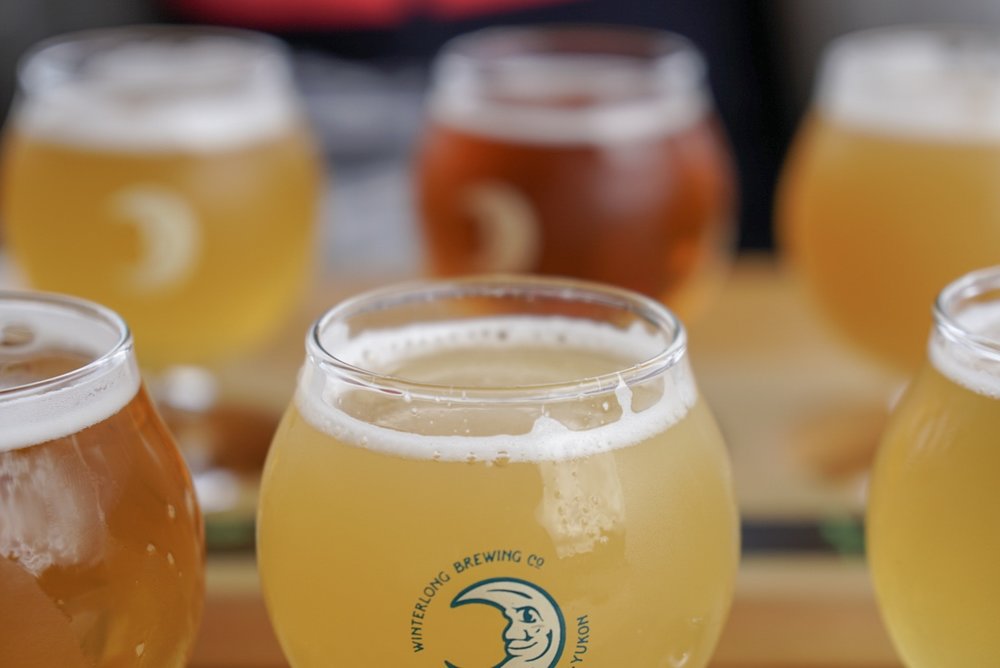
But not every local or traveler admires or even understands the cyclists. There was John who ran Tatogga Lake Resort who tried passionately for half an hour to convince us that we’d be better off in a small car. He oscillated between trolling and being quite serious. We argued that we experience this road so much more richly by cycling—the feel of the air and sometimes the rain, the smell of the wildflowers and juniper, the sounds of the songbirds, the pace at which we take in the mountains and glaciers and streams, the way we can stop and camp anywhere, and the very personal wildlife encounters we have. No small car will allow that. Neither party is convinced, but there we sat chatting anyway with John still kindly offering advice on the hills and services ahead despite our disagreement about vehicles. We grab one more cinnamon roll and head out on our bikes, and I calculate in my head how quickly we’d get to the next truck stop in a small car. I wouldn’t even be ready for my next cinnamon roll or to argue with a stranger.
[1] Warmshowers is an online network of people around the world offering to host bike tourists for free. They often have done bike tours as well. We stayed in our first one in Whitehorse and hope to use it again on our trip.
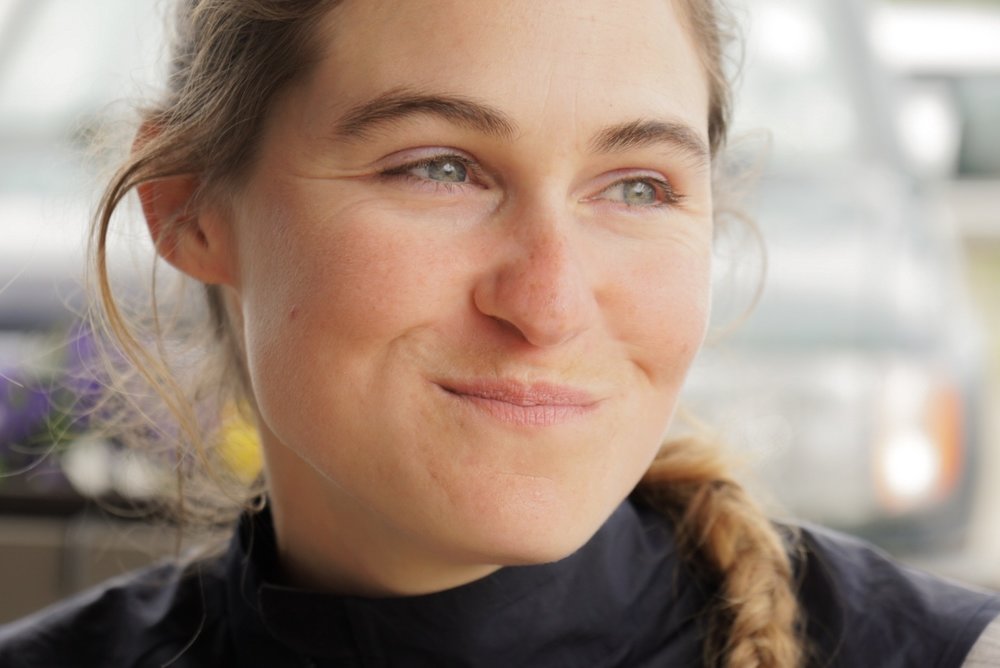
Where we are now: Telkwa along the Yellowhead Highway (beyond the Cassiar Highway)
Trip time: 20 days
Distance covered: 1,880 miles
